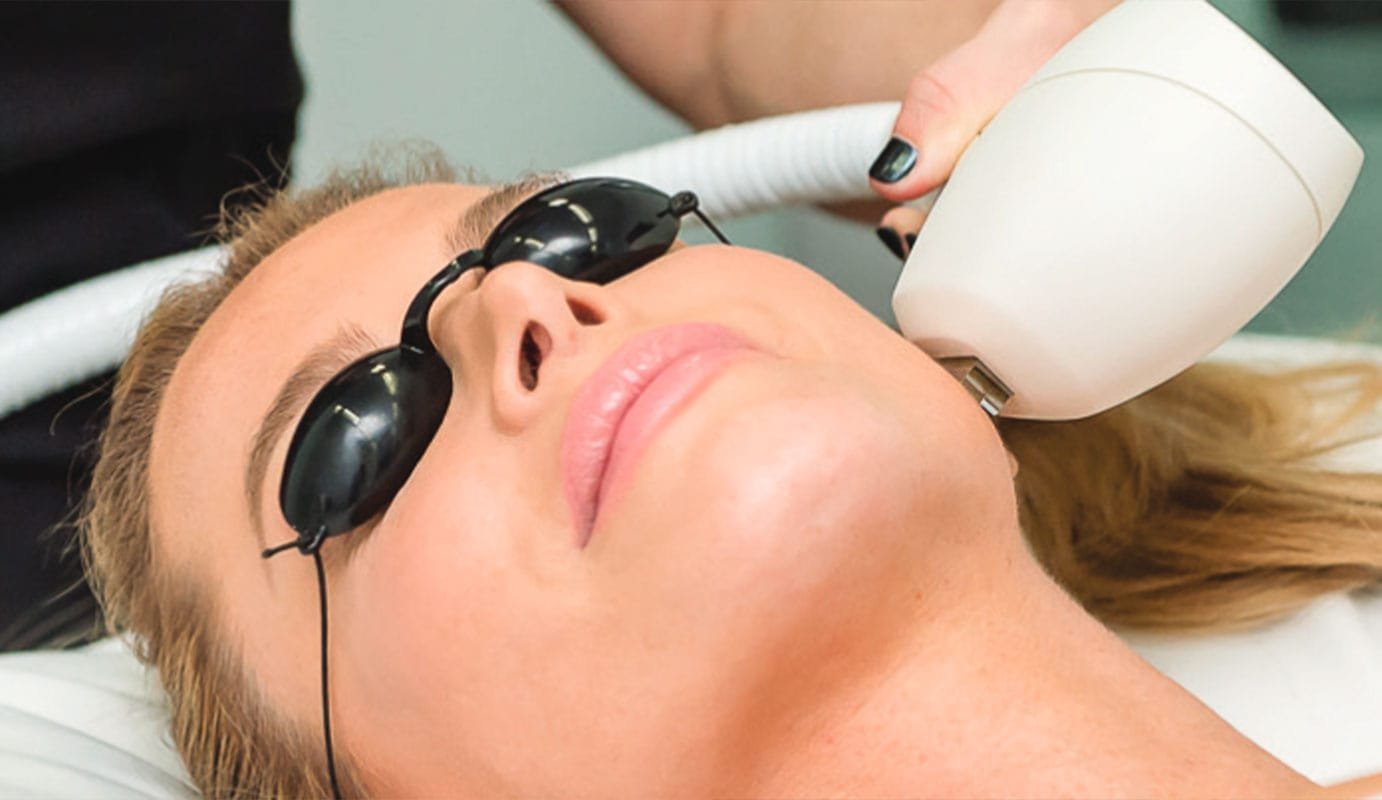
Many problems with our skin arise from chemicals, environmental changes, and genetics. These can lead
to a variety of skin problems, including hyperpigmentation, rosacea, and sun damage.
Modern skincare and medical technology have made it possible to wave goodbye to problems like
rosacea, big pores, fine lines, and more. By encouraging the skin's production of collagen, a laser
skin renewal procedure—also referred to as a photo facial—is a modern skin therapy technique that
can resolve these problems.
1. First off, what is a photo facial?
A photofacial, often called laser skin renewal, is a novel kind of skin care that treats issues with
discolouration, hyperpigmentation, fine wrinkles, pores, rosacea, and pimples using a variety of
light-emitting equipment.
A picture facial is a short treatment that is frequently thought of as a more sophisticated version
of a standard facial. It's a 30- to 40-minute procedure that promotes the skin's creation of
collagen to give the wearer's appearance a more youthful appearance. For those who want to address
wrinkles, skin discolouration, and acne scars, photo facials are a great treatment choice.
Additionally, the process is an outpatient therapy with a quick recovery time and lasting.
2.Why do people get photo facials?
Photofacials are typically used to address colour and blemish concerns on the skin. Nevertheless, the following skin problems are also treated with them:
- Rosacea
- Sun damage or sunspots
- Bruised blood vessels, or capillaries
- Over Pigmentation
- Squirts
- Veins in spiders
- Delicate outlines
- Creases
- Scars from acne
In addition, this procedure is performed for cosmetic purposes to rectify any skin flaws. People choose to have photo facials to address common skin conditions since they are almost painless and can be completed quickly. Moreover, a photo facial is an excellent method of minimizing indications of aging because it increases the creation of collagen.
3. Various Photo Facial Types
A photo facial is a cosmetic care procedure that employs light to address the appearance of fine
lines, imperfections, and other skin problems by promoting collagen. The market offers a wide
variety of photo booths. Still, a few of the more well-liked ones are as follows:
IPL FACIAL PHOTO:
Using intense-pulsed light, one of the most well-liked photo facial procedures addresses skin
issues. For people with severe skin conditions like age spots and hyperpigmentation, an IPL photo
facial is highly recommended. In addition, wrinkles, spider veins, and damaged arteries can all be
treated with it.
To encourage the creation of collagen, the doctor utilizes equipment that sends powerful light
pulses onto the skin. These pulses are absorbed deeply into the skin's layers. Although this
treatment is rather straightforward, a qualified medical expert should always provide it. By doing
this, the patient will be guaranteed the results they want without running into the danger of
experiencing a skin injury. As an IPL photo facial targets skin regeneration as its major goal and
can address numerous concerns at once, it's a terrific alternative for achieving quick, glowing
skin.
Sensitive skin types benefit greatly from this therapy. A tiny, cool spectrum of light may be felt
on the skin during an LED photo facial, which is a painless and relaxing treatment that leaves the
skin looking more youthful, moisturized, and plump. A competent medical expert, a spa, or even
yourself can do an LED photo facial at home. But just like with any other skin care procedure,
caution must be used to guarantee the patient's safety and prevent further skin damage. In addition,
several sessions are needed for an LED photo facial to tighten the skin and repair the facial
tissues.
4.How Does It Operate?
Light-emitting devices are used in both LED photo facials and IPL treatments to address skin
problems. In these two procedures, laser pulses penetrate the skin and encourage the production of
collagen. The light pulses used in an IPL photo facial, however, penetrate the skin more deeply
since the therapy is more powerful than an LED photo facial.
Red blood cells and pigment in the skin absorb the light pulses during an IPL photo facial. To
minimize hyperpigmentation, intentional harm is done to the affected areas using melanin.
On the other hand, an LED photo facial depends on the type of light utilized during the procedure.
The blue light targets acne, acne scars, and blemishes, while the green light targets
hyperpigmentation, spots, and age spots. An LED photo facial red light helps to lessen wrinkles and
fine lines, while the amber light works wonders for red spots and spider veins.
5. Advantages of Face Photos
The following are some major advantages of photo facials:They can aid in the restoration of damaged capillaries or blood vessels. By addressing the noticeable blood vessels and other flaws, a photo facial can aid someone with their skin clearing up.
Photofacials can also be used to treat big pores, discomfort, and scars from severe acne.
Photo facials are proven to improve the general texture of the skin and produce more collagen, which helps to minimize wrinkles, sunspots, and fine lines, among other symptoms of ageing.